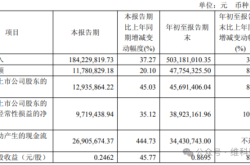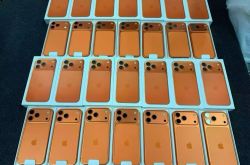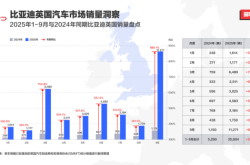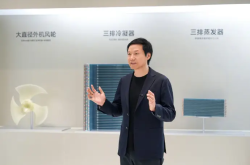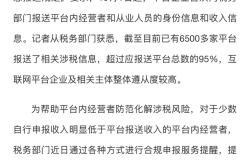Vivo Offers Million-Yuan Salaries to Attract Talent: Why Is It Betting on Household Robots?
![]() 03/26 2025
03/26 2025
![]() 640
640
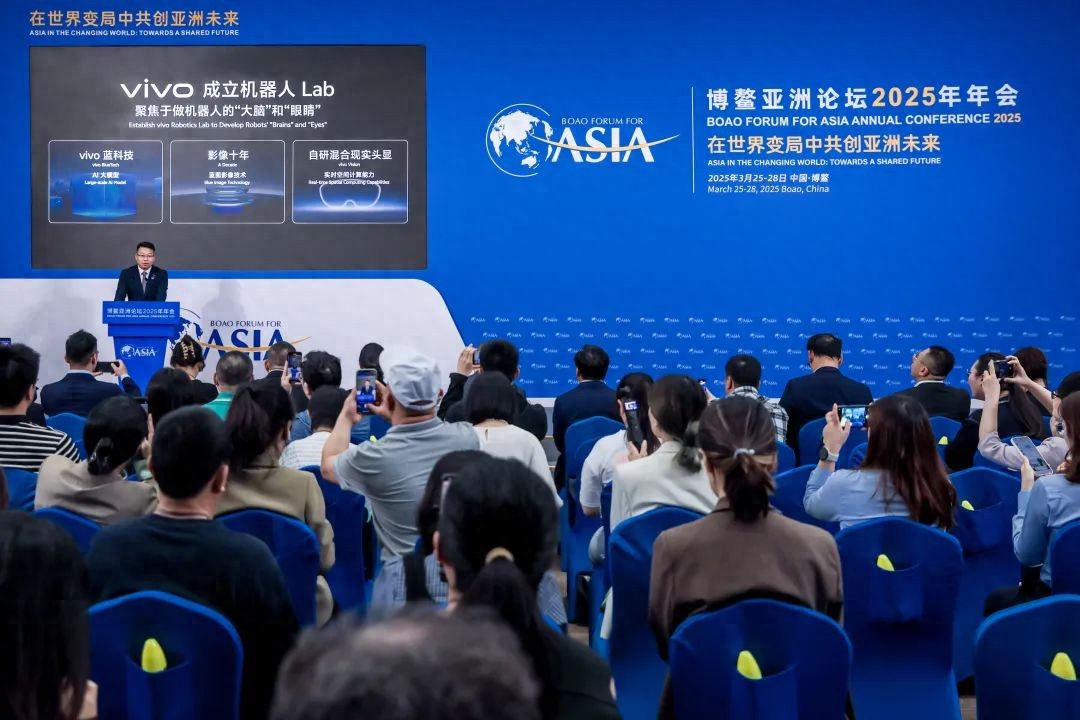
Vivo's accumulated expertise in mobile technology over the years is now giving it the confidence to enter the household robot market.
01
Vivo's Next Stop: Household Robots
With the disclosure of job postings offering million-yuan salaries, news of Vivo's entry into the household robot market quickly spread.
According to information from these job posting websites, Vivo is actively recruiting talent in robotics, including positions such as Chief Scientist of Robotics and Robotics Technology Planning Expert, and offering generous salaries for these positions, with the highest annual salary for technology planning experts exceeding 1.2 million yuan.
On March 25, at the Boao Forum for Asia Annual Conference 2025, Hu Baishan, Executive Vice President and Chief Operating Officer of Vivo, personally confirmed this news, stating that Vivo has established a Robotics Lab. This department is part of Vivo's Central Research Institute and is responsible for the incubation and pre-research of robot products.
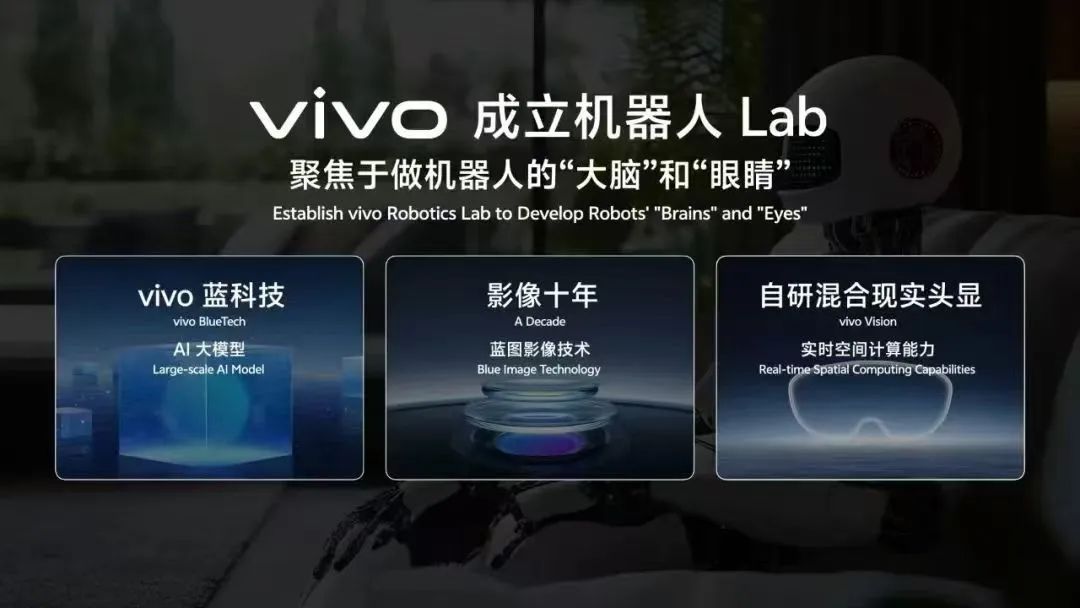
In fact, the robot market has enormous potential. With the aging population becoming increasingly prominent, home robots are valued and seen as having great potential, whether for household chores, emotional companionship, or educational supervision. As early as 2021, in the "14th Five-Year Plan for the Development of the Robotics Industry," the Chinese government identified household service robots as one of the key development areas.
Vivo's positioning in the robot market is very clear: it aims to transfer its ability to serve hundreds of millions of end-users to robots. Hu Baishan said that relying on Vivo's decade-long accumulation in AI big models and imaging technology, combined with the real-time spatial computing capabilities accumulated by the Vivo Vision mixed reality headset, Vivo will focus on incubating the "brain" and "eyes" of robots, enabling them to "understand scenes, comprehend needs, and provide responses."
However, the evolution of general-purpose consumer robots will take a long time. According to Vivo's product roadmap, it is expected to launch a prototype within three to five years, and it may take more than ten years to officially launch an ideal household robot. Hu Baishan described this as a "gradual breakthrough, laying eggs along the way," meaning that Vivo does not rule out launching robot products with targeted capabilities for specific user scenarios.
However, there has always been debate within the industry about whether robots should be humanoid. For example, Tesla is very focused on humanoid robots, with the Optimus robot fully simulating human form. However, when Apple entered the robot market, it clearly stated that it was more concerned with "how users perceive robots" and would not focus on whether they have anthropomorphic appearances.
For Vivo, the core of making robot products is to focus on the real needs of user scenarios. As for the product form, it is more a result of the natural evolution of the industry.
02
Why Can Vivo Enter This New Market?
Many people are curious about what advantages Vivo, as a mobile phone manufacturer, has in entering this market.
As we all know, mobile phones mainly interact with the two-dimensional world, while robots test the 3D spatial perception capabilities of the physical world. In fact, Vivo's accumulated expertise in mobile technology over the years is the "confidence" behind its entry into the robot market.
AI is considered the core capability of robots. The evolution of large models not only allows robots to better understand human language and intentions but also enables more efficient perception of the physical environment, laying the foundation for the robot's autonomous perception and execution capabilities.
Nvidia's Jensen Huang said, "The next frontier of artificial intelligence is physical AI."
Robots are the culmination of physical AI. In the past, traditional robots relied on preset programs to perform tasks, and each new action in a new scenario required a large amount of data learning, with low success rates, and robots of different forms could not share data.
The advantage of AI, especially large models, is their self-learning ability and generalization. Robots, equipped with a large number of sensors and actuators, can perceive the environment, learn, and make autonomous decisions. Future AI+robots will not only chat with you or help you draw a picture but will also help improve your quality of life and work efficiency in the real world.
In addition, due to the limitations of its own computing power and form factor, mobile phones still find it difficult to fully leverage AI capabilities in the short term. For example, they can currently only run end-side large models of around 3B parameters. Robots, on the other hand, have no such restrictions and can even be equipped with fans and peripherals like computers, allowing them to run models with larger parameters. Therefore, robots are also considered a terminal form that is more in line with the evolution of AI.
An important sub-task of the Vivo Robotics Lab is the training of AI Agent capabilities, which will become the brain of Vivo's future robots.
AI has always been an area of focus for Vivo. Vivo established its AI Global Research Institute early on and released its self-developed BlueCore large model matrix, including language, speech, image, and multimodal large models. These capabilities have already been applied on mobile phones and other terminal devices.
For example, Vivo once launched an accessibility feature called "vivo See" to help visually impaired people. It can provide environmental descriptions, real-time AI environmental Q&A, and item search, and its underlying technology is based on the visual understanding capabilities of the BlueCore large model, enabling visually impaired people to communicate and interact with the physical world without barriers. In the future, this capability can also be used for robot visual recognition.
In addition to having an intelligent brain, the ability to perceive space in the three-dimensional world plays the role of the robot's eyes. And the camera is an essential sensor for constructing spatial data.
This is precisely Vivo's strength. Vivo's years of layout in imaging have laid a solid foundation for spatial perception. For example, to enhance the imaging capabilities of mobile phones, Vivo developed its imaging chip and adopted a multi-concurrent AI perception architecture.
As early as 2018, Vivo launched the TOF ultra-sensing 3D technology. The vivo X50 Pro, released in 2020, was equipped with the industry's first ultra-compact anti-shake micro-gimbal, providing better stability for mobile devices like robots. In 2022, Vivo launched its self-developed VCS bionic spectral technology, enabling image sensors to have better noise performance and color reproduction from the stage of receiving image information.
And the vivo X100 Ultra, released in 2024, became the first Android phone to support 3D imaging. This 3D spatial imaging is crucial for robots to interact with the physical world, enabling more precise positioning, navigation, and obstacle avoidance.
This is also the starting point for Vivo to take the lead in developing mixed reality headsets. MR and robots belong to the same technological tree. While the fruits above may vary in form, the underlying technological logic is interconnected. MR products create a new visual environment for the physical world by introducing digital objects, information, and virtual characters into the real environment, becoming an essential technology for robots. Many robot projects on the market have incorporated MR technology.
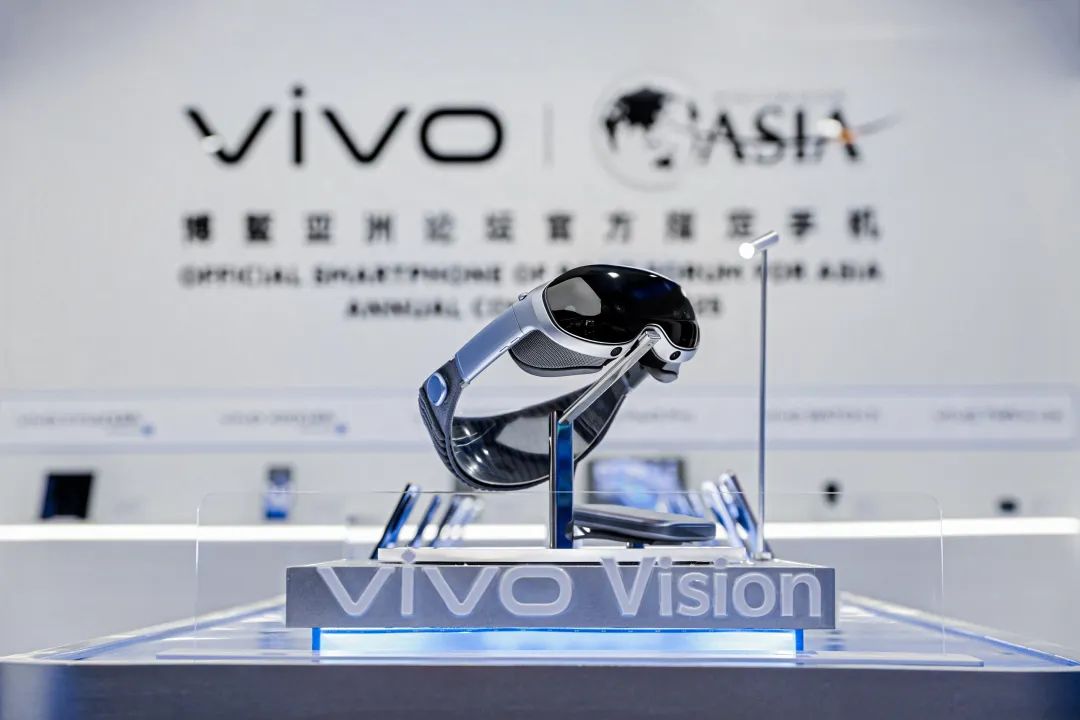
According to Vivo's approach, it first launched mixed reality headset products to accumulate perception capabilities for spatial recognition and diverse interaction capabilities for robots. This means that Vivo's mixed reality headset products are actually laying the technological foundation for future evolution into robot products. In other words, the Vivo Vision mixed reality headset is just a springboard for Vivo to make household robots, and Vivo's ultimate goal is to make general-purpose consumer-grade household robots.
In fact, in addition to reusing mobile phone technology in the robot market, Vivo has been making technological preparations for the development of household robots in recent years.
For example, in September 2024, Vivo publicly disclosed a patent named "Robot and Its Control Method," mainly used to solve the problem of antennas in related technologies being difficult to cope with changes in the communication environment, resulting in poor communication flexibility and performance of robots. In November, Vivo disclosed another patent named "Interaction Method, Device, and Electronic Equipment Based on Mixed Reality."
In addition, Vivo is also starting to lay out 6G communication in advance. Due to the limited computing power of the robot itself, it still needs to rely on powerful cloud computing power, which requires a connection between the robot and the cloud, and the network speed will play a key role. 6G will play an important role in future robot scenarios.
It is not difficult to find that from underlying chip hardware to upper-level software optimization, Vivo has been gradually accumulating technology during the mobile phone era before officially entering the robot market. Especially the accumulation of related technologies in artificial intelligence and spatial perception will give Vivo a first-mover advantage in the robot market.
03
The Next Horizon for Mobile Phone Manufacturers
Behind Vivo's determination to enter the robot market, mobile phone giants such as Apple and Samsung have also been active.
Soon after deciding to abandon its car manufacturing plans, Apple was reported to have shifted its product focus to the robot market. According to analyst Ming-Chi Kuo, Apple has assembled a team of hundreds of people to develop consumer-oriented household robots, and these products are currently in the proof-of-concept (POC) stage, with mass production expected by 2028.
Apple is already accumulating relevant technologies for its robotics business, including proposing a robot egocentric perception system (ARMOR) with Carnegie Mellon University to enhance the robot's "spatial awareness" through software and hardware coordination, improving the obstacle avoidance and motion planning capabilities of humanoid robots.
Earlier, Samsung launched the household service robot Bot Handy, which uses a wheeled design and can recognize and pick up objects of different sizes, shapes, and weights, performing tasks such as cleaning rooms and arranging food items, like sorting clothes, pouring drinks, and setting tables. And at the recent CES, Samsung showcased a bowling ball-shaped companion robot named Ballie, which can not only control home devices via voice but also remotely command it to control pet feeders and check on pets.
As the mobile phone market enters a period of stock , the robot industry is presenting a bustling scene.
According to data, as of the end of December 2024, there were a total of 451,700 intelligent robot industry enterprises nationwide. The financing amount and number of robot startups have continuously set new highs, and in the secondary market, robot concept stocks have been hotly traded. Driven by AI, the robot industry is approaching a critical point of explosion.
As Liu Qingfeng of iFLYTEK said, thanks to breakthroughs in deep learning and natural language processing technologies, AI companion robots are expected to enter ordinary households within about three years and become an important support tool for an aging society.
Behind mobile phone manufacturers collectively targeting this market is not only its huge scale and user demand but also a deeper logic.
As Hu Baishan of Vivo said, "The mobile phone industry is a microcosm of China's technological innovation, and robots are the future of the mobile phone industry. They will become a bridge connecting the physical world and the digital world, still following the value principle of being people-oriented and returning to user scenarios to create ultimate experiences."
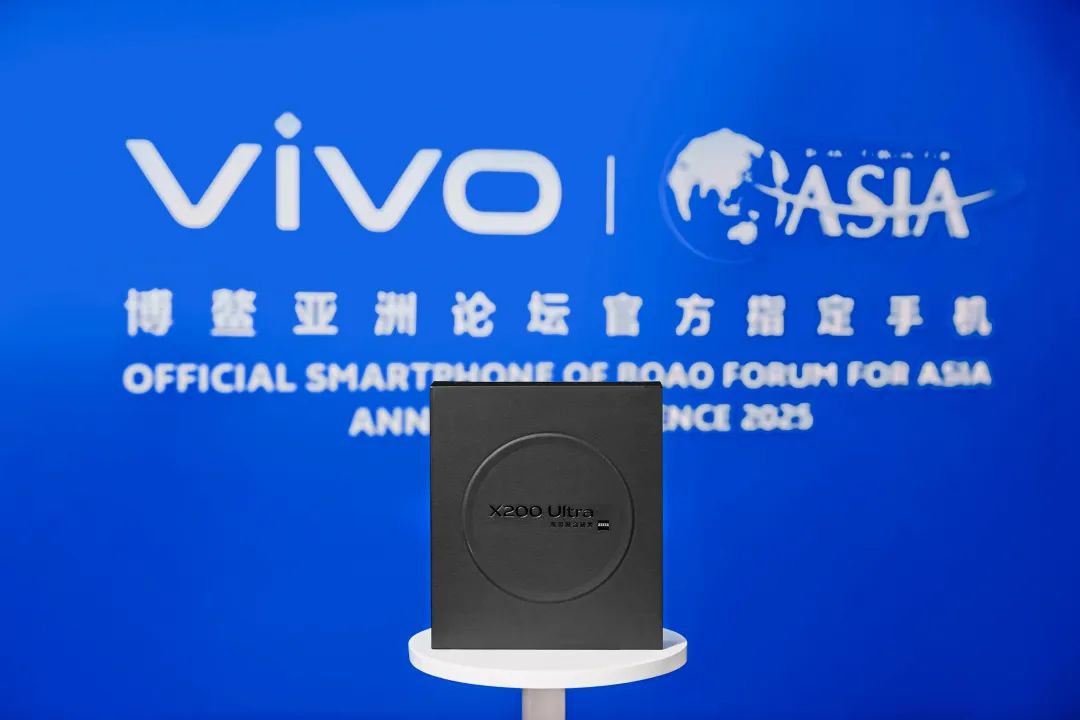
Mobile phones, which everyone is accustomed to, are actually high-tech products closest to ordinary people. They bring together almost all forward-looking technologies such as 5G, AI, virtual reality, chips, imaging, and semi-solid-state batteries. Current AI and robots respectively represent the top technological achievements of the digital world and the physical world, but the two worlds are still relatively independent and not perfectly connected.
Ultimately, mobile phones and robots share a similar logic in their industrial positioning—both are helping people connect the digital world with the physical world. Through technology reuse (such as imaging technology) + scenario extension, mobile phone manufacturers, which have hundreds of millions of users and are closest to user scenarios, can smoothly enter the robot market, forming a positive cycle of "hardware-data-scenario".
In addition, compared to a large number of robot startups that rely on capital infusions, mobile phone manufacturers not only have sufficient cash flow and talent reserves but, more crucially, have sufficient discourse power in the industrial chain, massive user behavior data, and scenario needs, enabling them to quickly translate laboratory technologies into commercial achievements.
And mobile phones themselves are the product of a highly divided industrial chain. As leading mobile phone manufacturers, they have already built a complete and powerful supply chain capability. Brand manufacturers focus on the core user experience and operating system, while the components inside mobile phones are handed over to ecological partners. This path will also be replicated in the robot market. Vivo's positioning is to make the "brain" and "eyes" of robots, while the limbs, materials, and other components are handed over to the supply chain.
In the industry's view, the robot industry will eventually become highly divided, like the mobile phone industry. And mobile phone manufacturers, with their massive user base and technological accumulation, will take the initiative when the next industrial revolution arrives.
Among many mobile phone manufacturers, Vivo has a distinctive feature, adhering to the corporate culture of "sowing the seeds" and becoming a beneficiary of long-termism. Imaging is the most notable fruit of Vivo's efforts to "sow the seeds." It took ten years for Vivo's mobile phone imaging experience to go from catching up to leading. And now, Vivo's layout in the robot market is also sowing the seeds for the next industrial wave.

